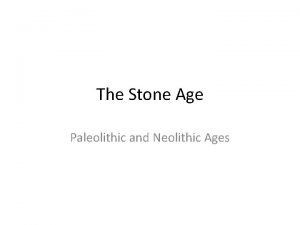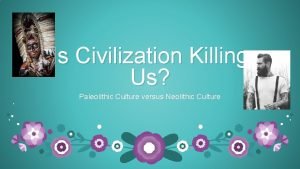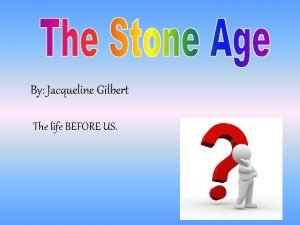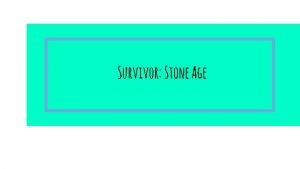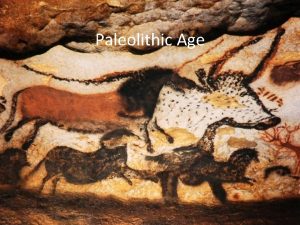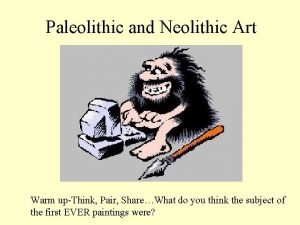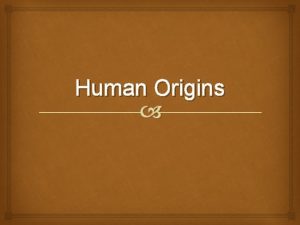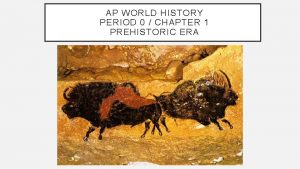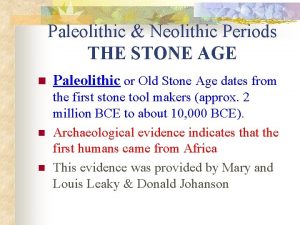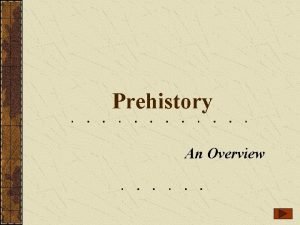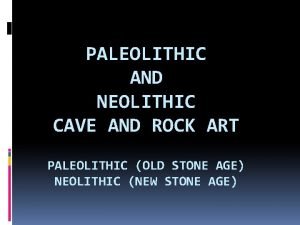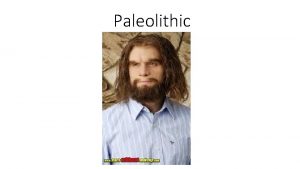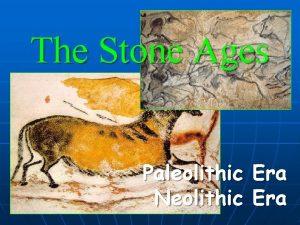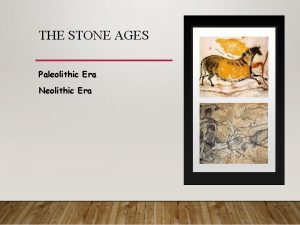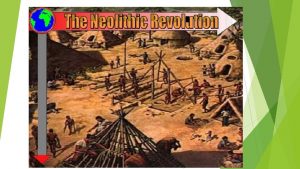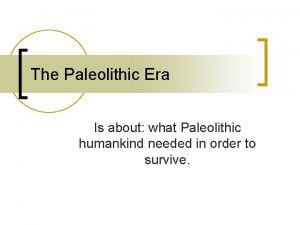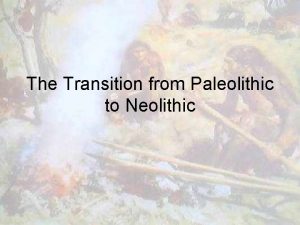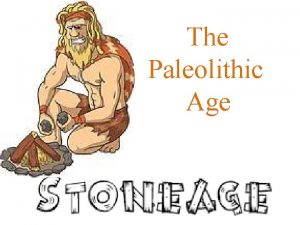Comparing Paleolithic Societies of the San of southern
















- Slides: 16


• Comparing Paleolithic Societies of the San of southern Africa and the Chumash of southern California • Both survived into the modern era as gathering and hunting societies

• The San live in the Kalahari Desert in Southern Africa • Occupied for 5, 000 years and are part of the Khoisan linguistic family • Gatherers and hunters • Oldest rock art

• Most Khoisan speakers absorbed by the Bantu • Settled into agriculture with domesticated animals. • Geography of the San made it difficult for them to be assimilated (brought into another culture) • There was diffusion from the Bantu, iron arrowheads and drums

• San society characterized by mobility • Why mobile? • Harsh, unpredictable resources • Bands of 10 -30 people • No formal hierarchy of leadership (no priests, chiefs) • Only 28 tools, even distribution of labor between men and women • Free time

• Egalitarian society • Negative comments about the size of a kill was referred to as “insulting the meat” • This combats boastful pride • The owner of the arrow, not the hunter could decide on how to distribute the meat. • Arrows were widely shared and sometimes owned by women. • Trading of gifts did not have to be of equal value. • Connection between two people who were in debt

• Divorce was permitted • Polygamy (more than one wife) was permitted • Resources were challenging -too many people upset balance of the band • Disputes were handled through discourse (talk)

• Belief system • Creator god is Goa Na, gave rise to humans, plants, animals • Capricious (at a whim) and used humans to his delight. • Gauwa was destructive, spreading disease. • Ancestor worship/ fear exercised in a ritual all night dances. • Curing dances established community.

• The Chumash of Southern California • Chumash are representative of later post-Ice Age Paleolithic Era (settled, some agriculture, trade, division of labor, hierarchies, complex economy) • Permanent villages, more complex societies. • Lived near sea • Drew from more resources and densely populated. • Nearly 20, 000 and discovered by the Spanish in the. 16 th Century

• Created a new society in 1150 C. E. • Major contribution to change the tomol, an ocean canoe-carried two tons • Building or owning a tomol contributed to social inequality Why? • Contributed to island trade and possession of trade items. • Deep sea catches were also highly prized. • Created thos who had/ had not


• Market economy • Extensive resources and trade established a market economy (supply/demand) among gatherer and hunting society. • Money was beads • Bearskins were worn only by tomol owners • Attire indicating economic hierarchy • Specialized labor (certain skills for specific jobs)

• Burials included parts of the canoe for a special group of people called the Brotherhood of the Tomol. • Chiefdom was hereditary (sometimes women) • Big Man concept • They led war, trade, tomol ownership, religious rituals, and

• Do now please: Create diagram of the San and Chumash people and list their political, social and economic traits for each. • Now create a 2 to 1 ratio of groups. Two similar groups and one difference or vice versa.

Compare/ Contrast Essay • Compare and contrast the San and Chumash people as defined by their geography. • Must Have: • Thesis statement- must had three qualified groups. Type of political structure (egalitarian or chiefdom), social structure (kinship groups or defined hierarchy) or economic (gather/ hunt or market). • 2 to 1 group ratio. Two similarities, one difference or two differences and one similarity • Each of the three groups should have a minimum of three pieces of evidence that support thesis and provides analysis or WHY something developed as it did. • Give time period

 What are the characteristics of the paleolithic age
What are the characteristics of the paleolithic age Bc va ad
Bc va ad Scrapers stone age
Scrapers stone age Characteristics of old stone age
Characteristics of old stone age Why did people domesticate plants during the neolithic era?
Why did people domesticate plants during the neolithic era? Paleolithic versus neolithic
Paleolithic versus neolithic When was the paleolithic era
When was the paleolithic era Paleolithic era facts
Paleolithic era facts Paleolithic mesolithic neolithic art
Paleolithic mesolithic neolithic art In the paleolithic age man was
In the paleolithic age man was Neolithic art vs paleolithic art
Neolithic art vs paleolithic art Before neolithic
Before neolithic Paleolithic age
Paleolithic age Cuneiform
Cuneiform Paleolithic age characteristics
Paleolithic age characteristics Paleolithic religion
Paleolithic religion Paleolithic age characteristics
Paleolithic age characteristics




